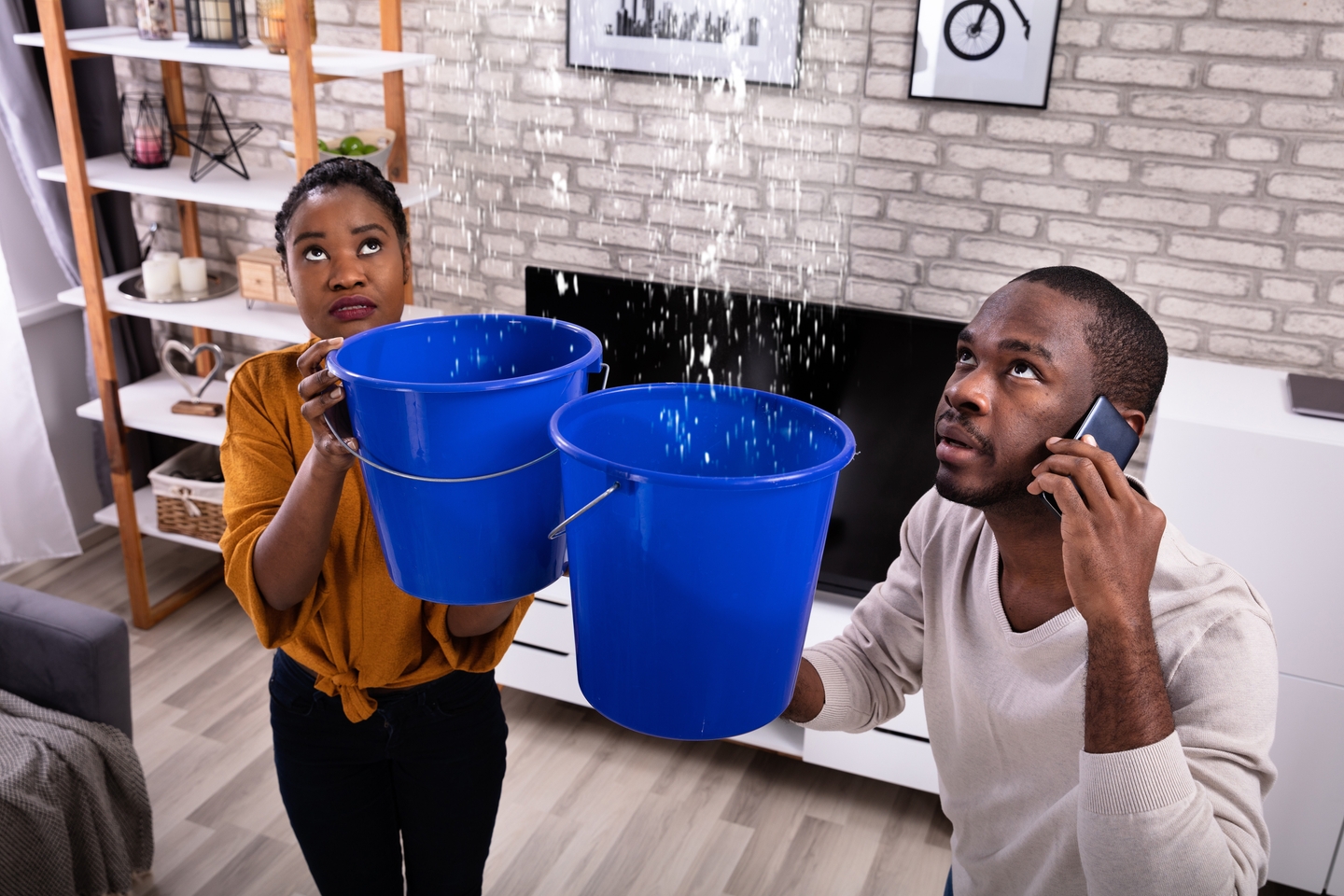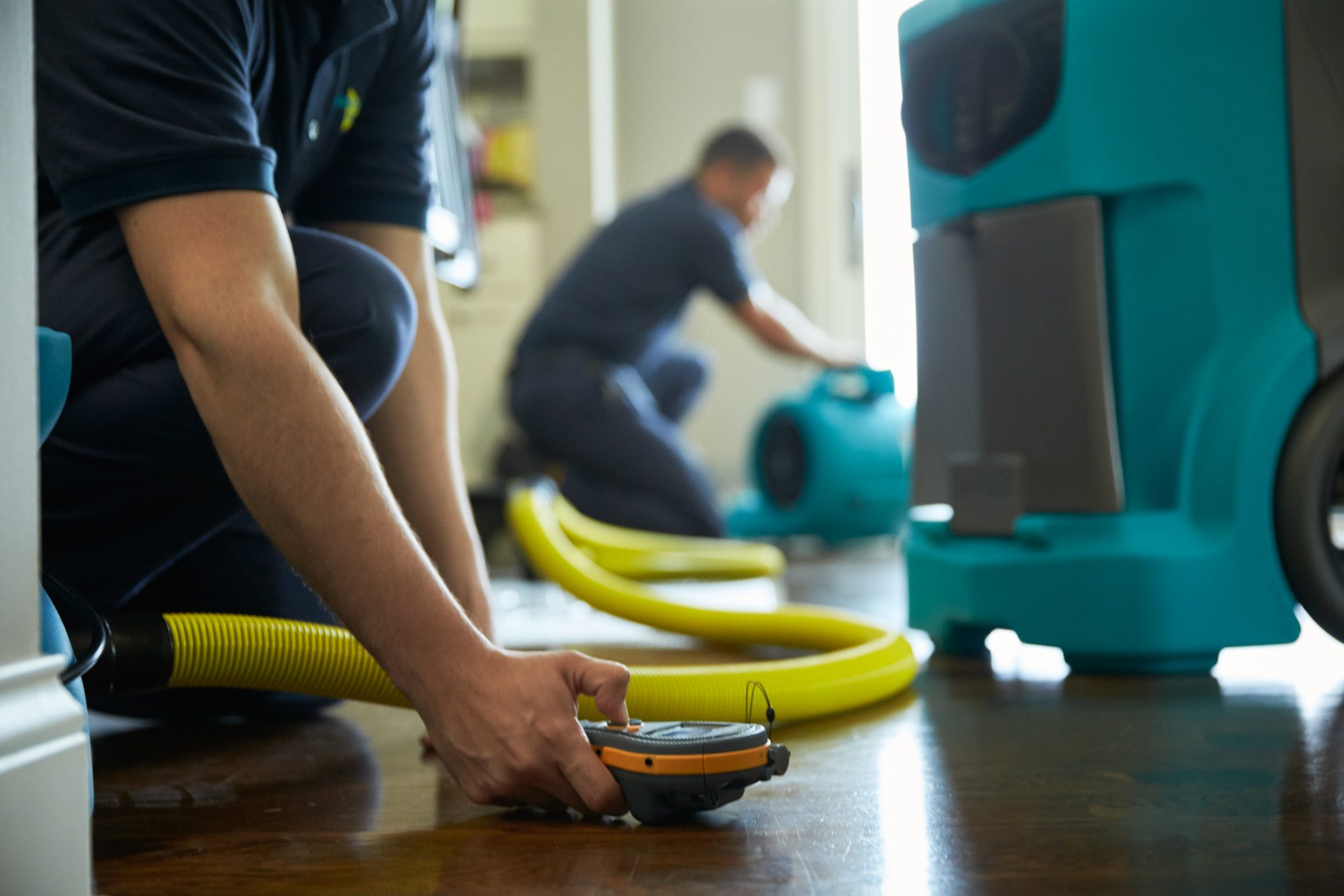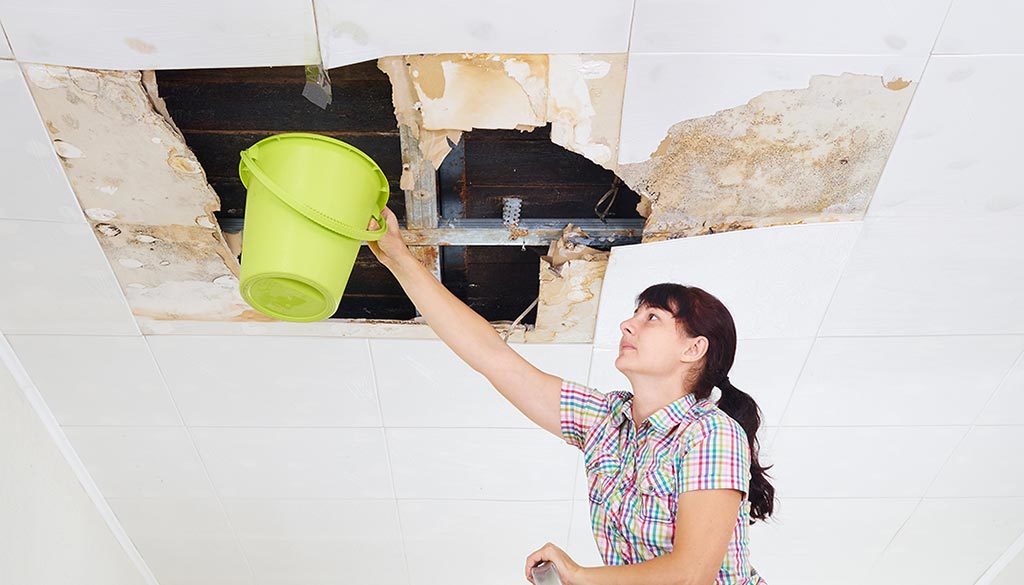Emergency Water Damages Reconstruction: Swift Response to Minimize More Damages
What specifically does emergency water damages restoration involve? By recognizing the necessity and comprehensive nature of this process, you will acquire beneficial understandings into just how experts take on emergency water damage, guaranteeing a swift and effective response.
Significance of Swift Response
Swift feedback is of utmost importance in water damage restoration to decrease further damages and minimize possible threats. When water damages takes place, whether due to a burst pipeline, an all-natural disaster, or any kind of other unpredicted event, time is important. The longer water sits in a building, the even more damages it can trigger. This is why it is critical to act rapidly and efficiently to eliminate the water and begin the remediation procedure.
One of the major reasons swift action is necessary in water damages repair is to avoid the development of mold and mildew and mold. Mold and mildew not only creates more damage to the framework of the building yet also positions wellness risks to residents.
Water damages can be devastating, especially when it affects individual products of financial or sentimental value. Performing quickly allows professionals to analyze the damage and apply ideal restoration methods to restore as much as feasible.
Assessing the Extent of Damage

Throughout the evaluation, repair specialists completely check out the afflicted area to identify visible signs of damages, such as water discolorations, distorted products, and mold development. They additionally make use of customized tools to spot surprise damages, such as wetness meters and thermal imaging cameras. This extensive examination permits them to precisely figure out the extent of the damage and establish a tailored restoration strategy.
Analyzing the level of water damage is important because it aids specialists prioritize their initiatives. They can recognize areas that require prompt focus, such as standing water removal and drying, to protect against additional damages and lessen the risk of mold and mildew growth. They can also identify the areas that require fixings or replacement, ensuring that no damages goes undetected or neglected.

Water Removal and Drying Process
The water removal and drying out process is an essential step in water damage remediation, as it entails the elimination of excess water and the complete drying of the afflicted location to avoid further damages and mitigate the risk of mold and mildew development. After assessing the degree of the water damage, the following action is to draw out the water from the afflicted area. This is generally done using specific tools such as pumps, dehumidifiers, and vacuum cleaners. These devices are designed to efficiently and effectively remove water from various surfaces, consisting of floors, walls, and rugs.
This step is necessary in preventing second damages, such as structural damage and the development of mold and mold. The drying out procedure may take several days, depending on the degree of the water damages and the products involved.
It is essential to guarantee that the afflicted area is totally dry before waging any kind of repair services or repair. Failure to thoroughly dry out the area can result in long-term problems, including damaged frameworks, stuffy odors, and the development of mold and mold. Therefore, professional water damage reconstruction business utilize wetness detection equipment to make sure that the afflicted location is totally dry before continuing to the next action.
Mold And Mildew Avoidance and Remediation
Efficient read this mold prevention and remediation are important in water damages reconstruction to make certain the safety and security and integrity of the affected location. water damage restoration philadelphia. When water damages occurs, whether from a ruptured pipe, flooding, or a leaking roof covering, it develops an optimal setting for mold growth. Mold and mildew can begin to establish within 24 to 2 days after water damage, and if left neglected, it can spread out quickly and trigger major health and wellness risks
To stop mold and mildew growth, it is necessary to resolve water damage immediately. The very first step is to identify and repair the source of the water invasion. Once the i was reading this resource is dealt with, the affected location should be completely dried to stop dampness from remaining. This might involve the usage of dehumidifiers, air moving companies, and various other specialized tools to get rid of excess dampness from the air and surface areas.
In situations where mold development has currently happened, remediation is required to eliminate the mold and stop its return. This includes the careful elimination and disposal of damaged products, such as drywall or carpet, to ensure that all traces of mold and mildew are eliminated. It is essential to keep in mind that mold and mildew removal must be accomplished by specialists that have the necessary training and devices to safely handle and check that get rid of mold and mildew.
Recovering the Affected Location

To start with, it is important to extensively dry the area to protect against any kind of further damage and to inhibit the growth of mold and mildew and mold. This might entail the usage of specialized drying out tools, such as dehumidifiers and industrial-grade followers, to get rid of all dampness from the damaged surface areas.
As soon as the location is entirely dry, the reconstruction process can begin. This may involve changing or fixing harmed structural elements, such as drywall, ceiling, or flooring ceramic tiles. It is very important to deal with any type of underlying issues that might have created the water damages, such as leaking pipes or faulty pipes, to stop future incidents.
Additionally, recovering the damaged area may additionally consist of repainting walls, changing damaged fixtures, and extensively cleaning and sanitizing the area. This guarantees that not only is the location structurally sound, but it is additionally visually pleasing and safe for tenancy.
Final Thought
Examining the extent of damage permits for effective water removal and drying out processes to be carried out. Overall, timely action and complete remediation actions are key to alleviating the adverse impacts of water damages.
Swift feedback is of utmost importance in water damage reconstruction to minimize further damages and mitigate possible threats.During the evaluation, repair specialists thoroughly analyze the afflicted location to recognize visible signs of damage, such as water spots, distorted materials, and mold development.The water removal and drying out procedure is a crucial step in water damage repair, as it includes the elimination of excess water and the detailed drying out of the damaged location to avoid more damages and minimize the threat of mold growth. After assessing the level of the water damages, the following action is to remove the water from the damaged location.Efficient mold prevention and remediation are vital in water damages remediation to make sure the security and stability of the affected area.